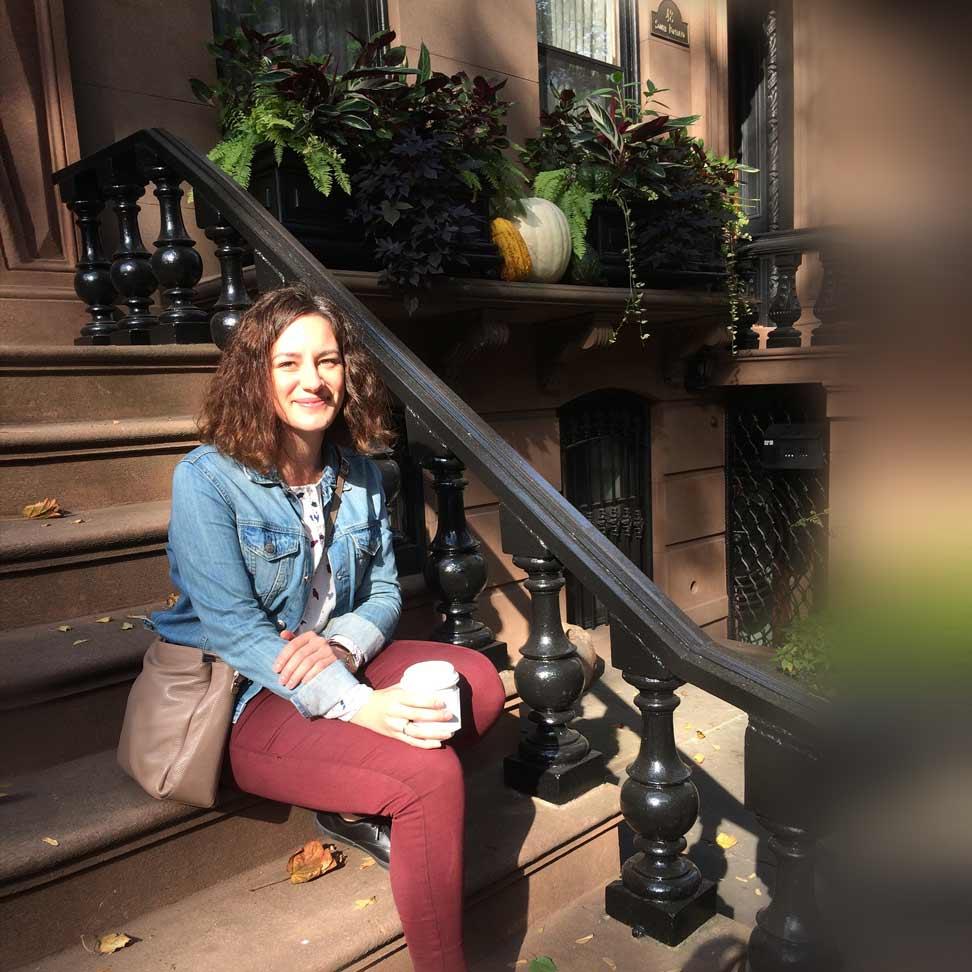For Colombians, it’s known as the “City of Eternal Spring”. For visitors, it’s an Andean gem brimming with welcoming people, fiery dancefloors, plenty of street art, surprising gastronomy and a unique mass transport system that lets you discover the city from above. Welcome to Medellín! After catching a glimpse of its picturesque valley setting, any doubts (most likely fuelled by a certain TV show) will dissipate as you discover a city that has turned itself from one of the most violent in the world to one of the most innovative. From city walks to exquisite views and exhilarating sensorial experiences, we guide you to the best things to do in Medellín.
Day 1 – Medellín’s must-sees
One among many of Botero’s sculptures at Botero Plaza © Guía de Viajes Oficial de Medellín / CC BY 2.0
Before diving into the city’s intense energy, there is no smoother landing for a weary traveller than the El Poblado neighbourhood. Hosting some of Medellín’s best restaurants, trendy bars and cafes, hotels and shops, this area has become the main hub for those discovering the city for the very first time. Start the day on Calle 10, a street dotted with popular local spots serving Colombia’s famous national brew, coffee, and delicious arepa con queso – a typical breakfast consisting of flat maize bread topped with squishy, fetta-like cheese. Yum!
Now, it’s time to get comfortable with your surroundings. Walk down to El Poblado metro station and join the free guided Real City Tours (tipping encouraged) for an informative introduction to Medellín’s buzzing downtown area, Centro. Once you’ve felt Centro’s pulse, take a stroll down the bustling pedestrian street of Junin before heading for a bite at Hacienda. If you’re very hungry, the Bandeja Paisa, a three-meat dish served with rice and beans, will fill you up.
Get your culture fix at nearby Antioquia State Museum and adjacent Botero Plaza, an outside park containing 23 sculptures by Colombian artist Fernando Botero. Alternatively, dive deep into some of Colombia’s history at the impressive Museo Casa de la Memoria, which focuses on the victims of Colombia’s 53-year civil conflict by combining stunning photography, digital displays and art.
Day 2 – find the best city views
A sight to behold: Biblioteca España © marianopessina
Buckle up! It’s time to take a ride up the mountainside. It may seem like a ride in a theme park, but the Metrocable gondola lift system has played an integral part in the transformation of the city’s most marginalized barrios (neighbourhoods).
Take the Metrocable to Santo Domingo and literally get a bird’s eye view of the city. Continue the ride all the way to Parque Arvi ecological park. A breath of fresh mountain air, this park hosts adventure attractions, guided hikes, picnic spots and a small market where you can sample locally sourced farm food.
On your way back, explore the Santo Domingo barrio, perhaps enjoy a drink and a deep-fried empanada (a delicious stuffed cornflour pastry) along its winding streets. Gaze at the imposing jet-black Biblioteca España, built in 2007 as part of the city’s urban reintegration plan that opened up areas previously plagued by violence.
End the day around Medellín’s quieter areas, such as the Manila neighbourhood. Wander over to the intimate Manila Market, a new space hosting a handful of mouth-watering eateries offering everything from smoked crispy pork to home-made pastries, wine and cocktails.
Day 3 – engage all senses
The impressive Orchideorama sits among Medellín’s latest architectural gems
As Colombia is one of the most biodiverse countries on the planet, begin the third day sampling the kaleidoscope of weird and wonderful fruit the city has to offer. Catch a cab to the ever-busy Minorista Market and, either on your own or by booking the Exotic Fruits Tour, wade through the market’s madness and bite into a granadilla, guanabana, uchuvas or enjoy a sweet green lulo juice.
If your stomach is craving something a little more substantial than jungle fruit, head straight to Aqui Paro Lucho. Hidden within the market, this institution serves both a variety of Colombian dishes with a modern twist as well as generous portions of seafood paella (Fridays only, requires pre-order).
The nearby Botanical Garden is Medellín’s lung, combining green spaces with unique architecture. The small but captivating butterfly house is great for kids and adults alike, and the magnificent Orchideorama wooden structure will transport you to a different reality.
Kickstart your night with an early evening wander around La 70th Avenue, one of the city’s vibrant entertainment districts. The strip is lined with theme bars, restaurants, cosy cafes, fast food chains and a handful of souvenir shops. If you’re looking for a hearty dinner, Déjame q’ te Cuente, an al fresco corner restaurant, arguably offers the meanest steak in Medellín. Once the meat has settled in your belly, walk to nearby Son Havana for hip-shaking live salsa music (normally on Saturdays), or El Tibiri Bar, an unforgettable sauna-like dance experience.
Day 4 – escape the city for a breath of fresh air
Climb up La Piedra del Peñol for an even better view
The best cure for a late night out is a day trip to the mountains; so hop on a 2.5-hour local bus to Guatape town. Once you get off the main highway, let yourself engage in some daydreaming as you pass through the rolling green hills of eastern Antioquia. In Guatape, stroll along the cobbled streets around the main square, try out the local trucha (trout) and do not miss the main attraction: La Piedra del Peñol. This 220-metre natural monolith offers spectacular views – that is if you can climb its 740 steps. Before heading back to the big smoke, pop into the Black Hole Cafe for a warm cup of coffee and watch pueblo life pass by. If you prefer to linger on, Guatape offers a range of comfortable hotels and hostels to stay in.
Day 5 – urban experiences
Spot the street art © keck207_
The final day’s schedule is complete with modern art, street art and a taste of the national sport.
Grab a cab to Ciudad del Rio, arguably Medellín’s most organised neighbourhood. Within the lines of newly-built apartment blocks is the revamped Museum of Modern Art (MAMM), giving you taste of both local and international contemporary exhibits.
Medellín, like much of Colombia, is a city of extremes. So from MAMM, take a 15-minute stroll to the Industriales Metro station and head to San Javier, where you’ll find another innovative urban project: the Escaleras Electricas – the Escalators – of Comuna 13. The strategically-located Comuna 13, once known as the most dangerous in Medellín, has historically been the battleground of drug cartels, local gangs, paramilitaries and guerrilla groups. But the now-famous Escalators, built in 2011 as part of a community-led development project, have brought pockets of Comuna 13 to life. These tiny winding streets are now filled with visitors, both foreign and local, who come to see the colourful street murals.
Go up and down the Escaleras Electricas © dailymedellin
A brief cab ride from this rejuvenated area will get you to the leafy streets of Laureles. This neighbourhood’s main parks are surrounded by local and international food. For something a little different, try either Saludpan – offering vegan and vegetarian lunches – or Naturalia Cafe, a local take on healthy fusion food and boutique beers.
No visit is complete without stopping by the 40,000-seat Atanasio Girardot stadium, the football mecca in this part of Colombia. If you happen to be in Medellín during match season, make sure to get yourself tickets and experience the noise and passion generated by the local fans, who tend to bring trumpets and drums.
Where to stay in Medellín
The best accommodation for visitors to Medellin tends to revolve around two main areas: El Poblado and Laureles.
On the comfortable end of the spectrum, Diez Hotel Categoría Colombia offers great city views and good prices. On the backpacker trail, the Happy Buddha Boutique Hostel is party-centric and a great budget option.
Leafy Laureles, which is slowly becoming a popular alternative to El Poblado, can feel like a different city. The reliable Wandering Paisa Hostel is right next to the bustling La 70 Avenue and, for higher budgets, the Inntu Hotel has some of the area’s best restaurants right at its doorstep.
Safety tip: although Medellín has gone through some drastic changes, it is still a city that requires any traveller to be conscious of theft and safety. Be aware of your surroundings, lock your taxi doors after you get in and don’t flash your new smartphone.


